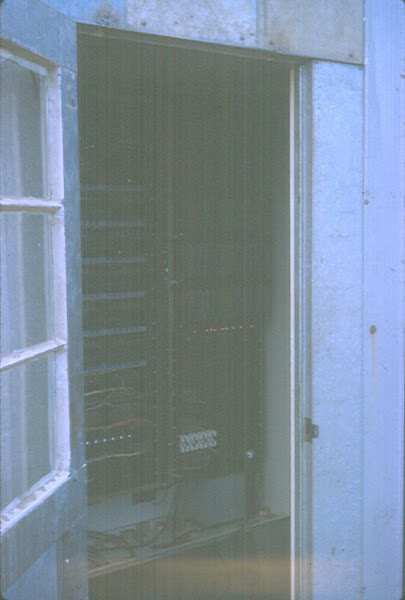When we got married, Don was an electronics technician, with the goal of becoming an engineer. In electronics, technicians assembled things engineers designed. In his work, Don was responsible for attaching small, discrete components, such as diodes, transistors, and capacitors, onto printed circuit boards (PCBs), and for attaching the PCBs together. I don't think he personally soldered all the many piece-parts onto the PCBs, but he oversaw a group of "wiring girls," who performed the actual assembly.
I suppose the original wiring girls of World War II attached actual copper wire to the sockets for the vacuum tubes, but when transistors replaced vacuum tubes, the actual circuits were printed onto a substrate, forming PCBs. The individual active components were soldered onto the PCBs. Then some number of finished PCBs were wired together into a subassembly. Finally, all the subassemblies were wired together.
Don wanted to become an engineer, but had not yet earned a bachelor's degree. As a veteran of the Korean War, he used the G.I. Bill to support himself while he earned an A.A. degree at a city college. Then he went on toward a B.A. at a state college. After his G.I. Bill funding ran out, he continued to take night classes, while working full time. I, too, was a student at the college, in my senior year when we got married. He continued to take classes at night, while I went to school full time.

No comments:
Post a Comment